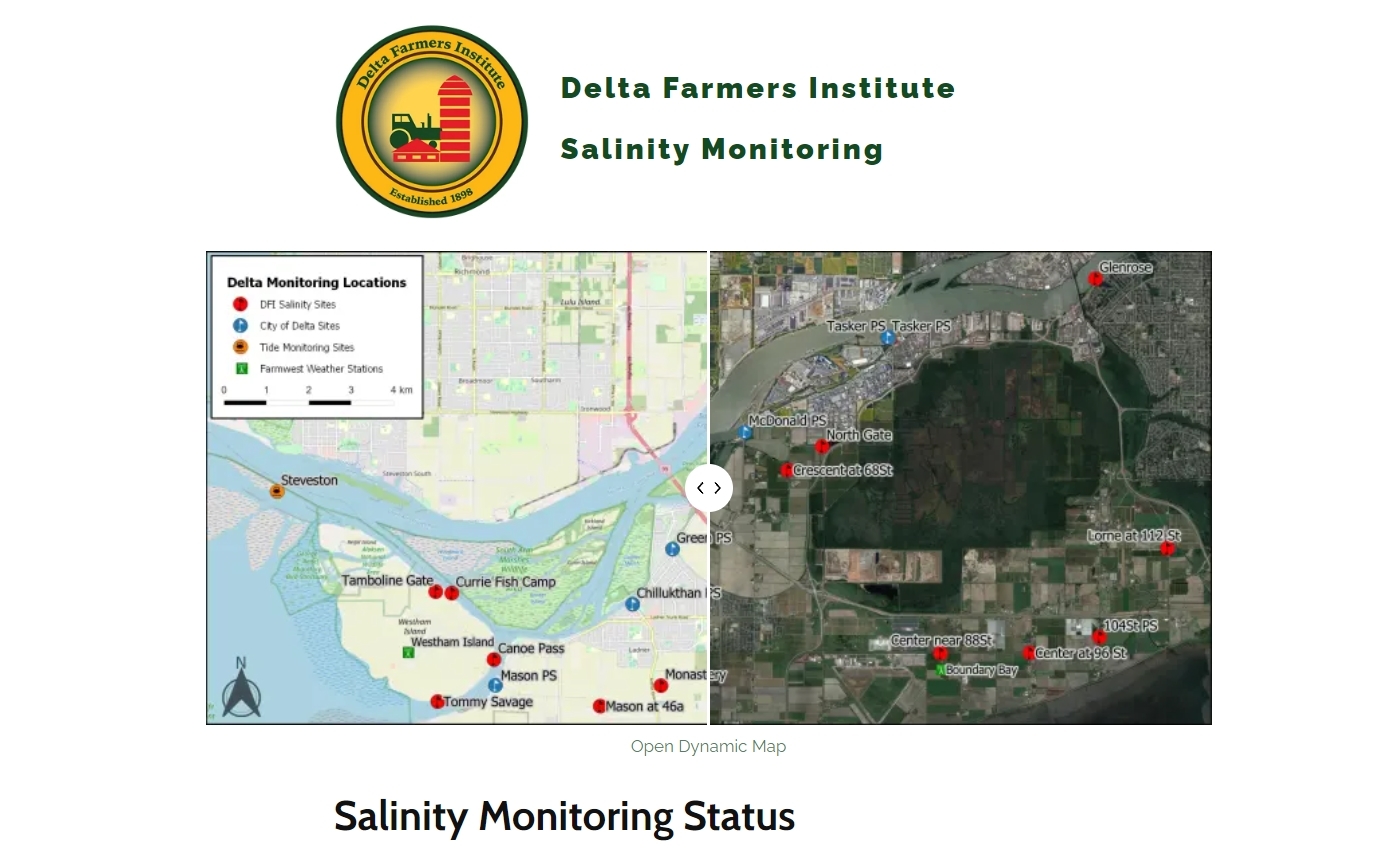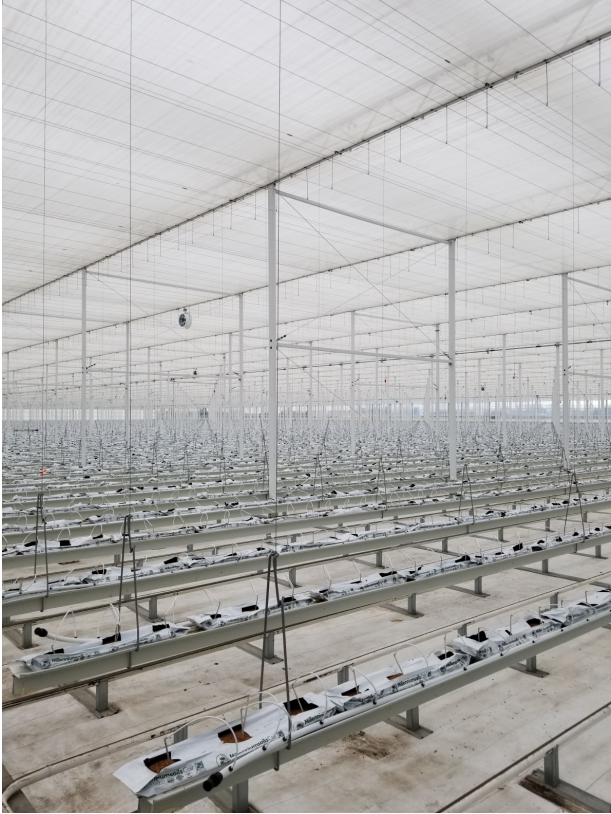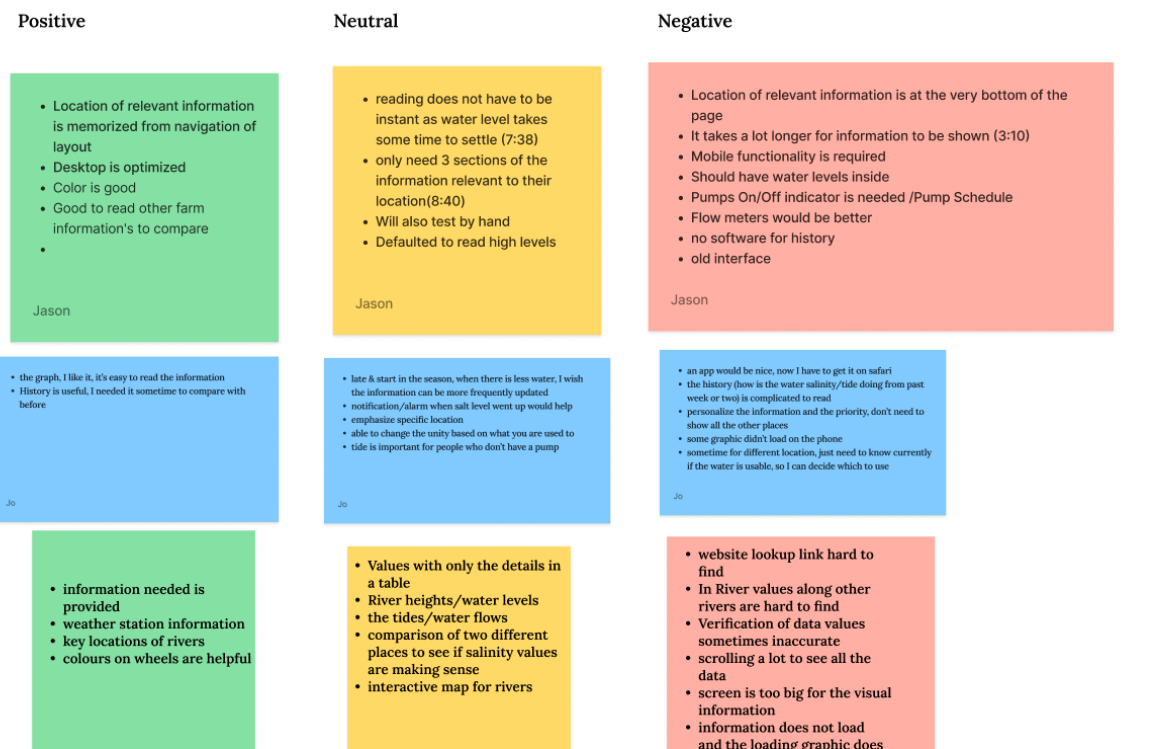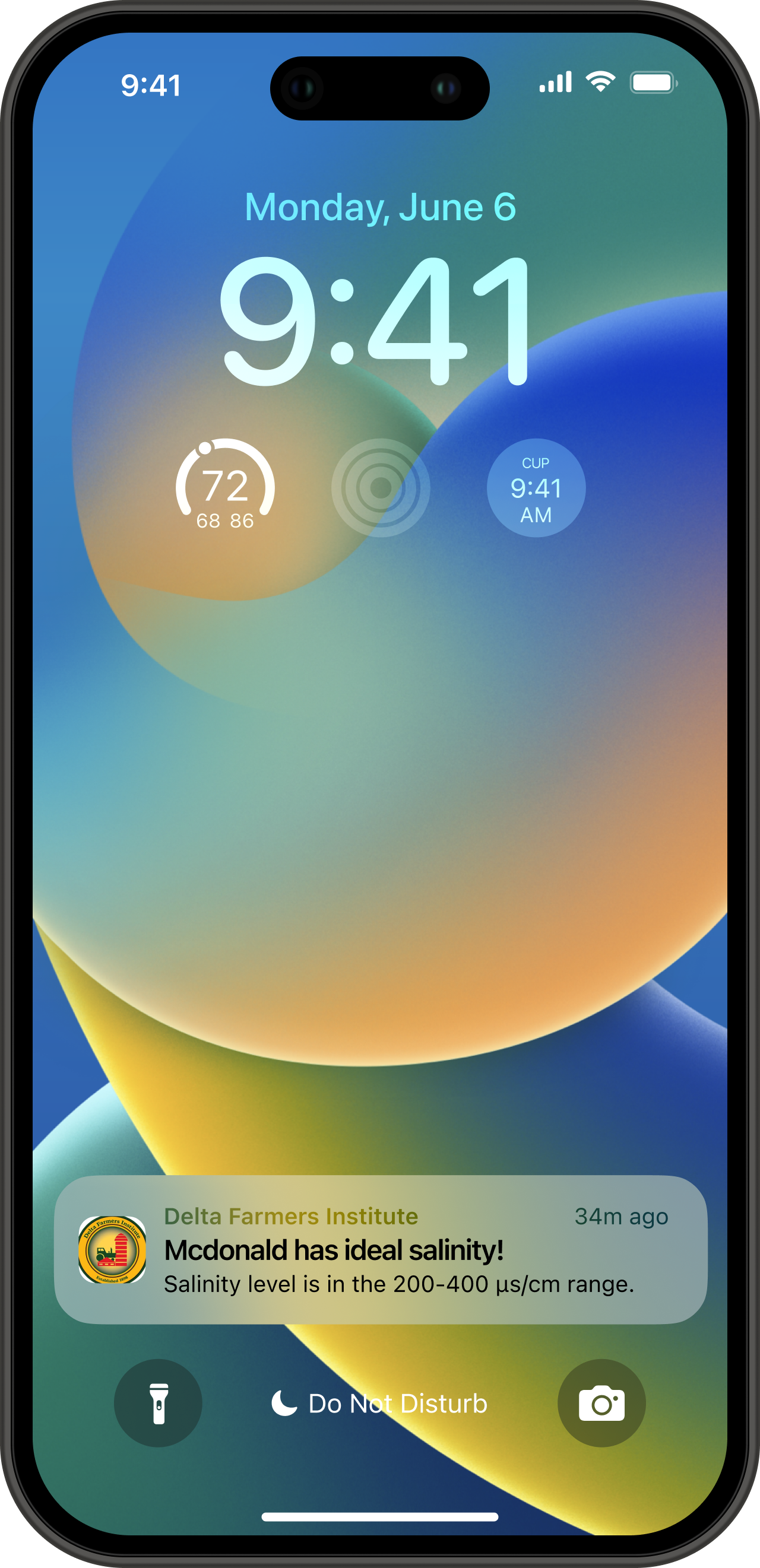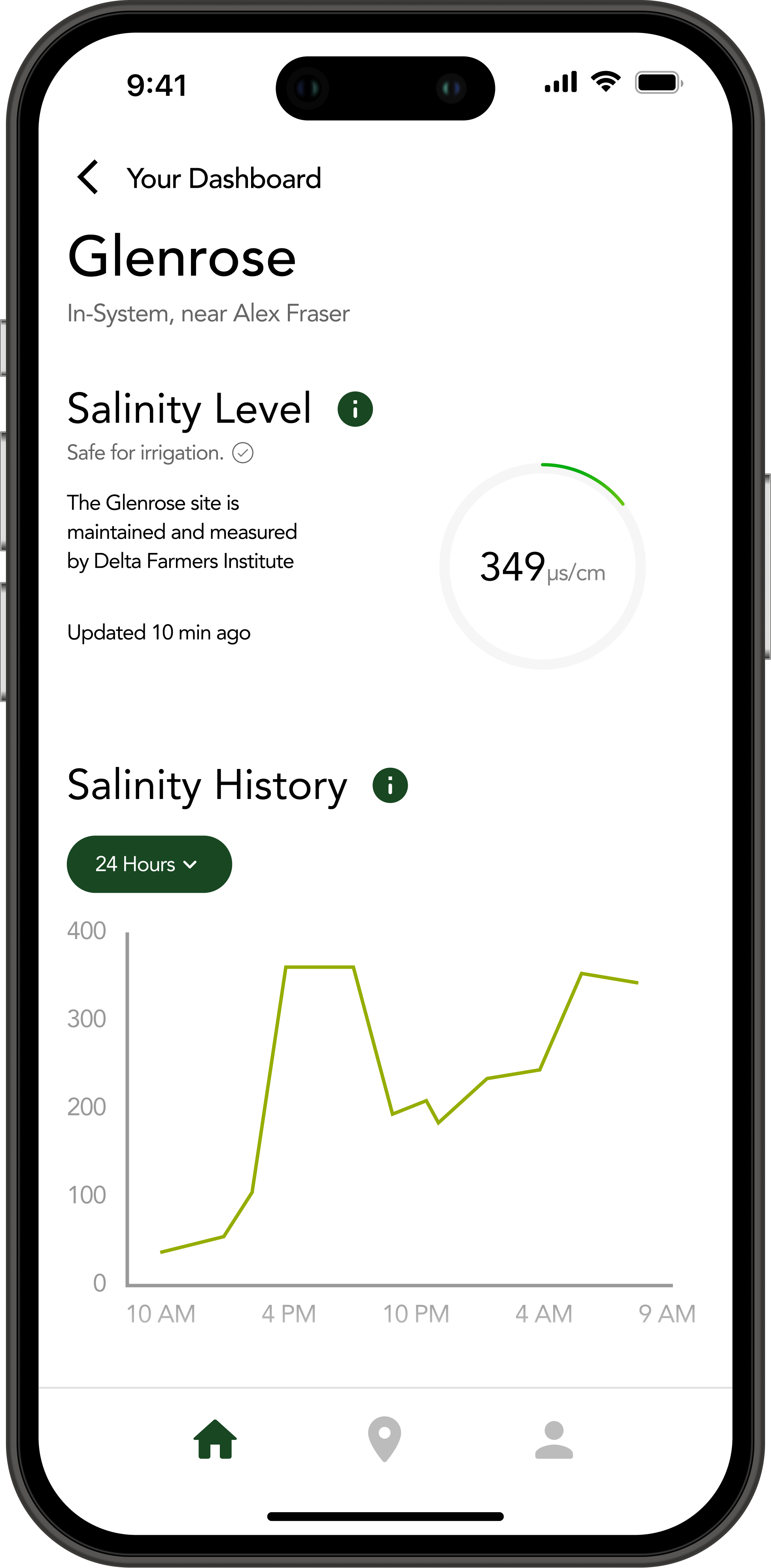User Research
Delta Farmers Institute
As a user researcher, I had the opportunity to work with the Delta Farmers Institute to conduct a design evaluation of their website. The Delta Farmers Institute (DFI) is an organization that works closely with Delta farmers, and their website provides information about water salinity, tides, and weather trends and forecasts that are crucial for farmers to make informed decisions about their crops. Our goal was to identify which aspects of the website were valuable to the current audience and to uncover opportunities for improvement to better support the Delta farmers.
